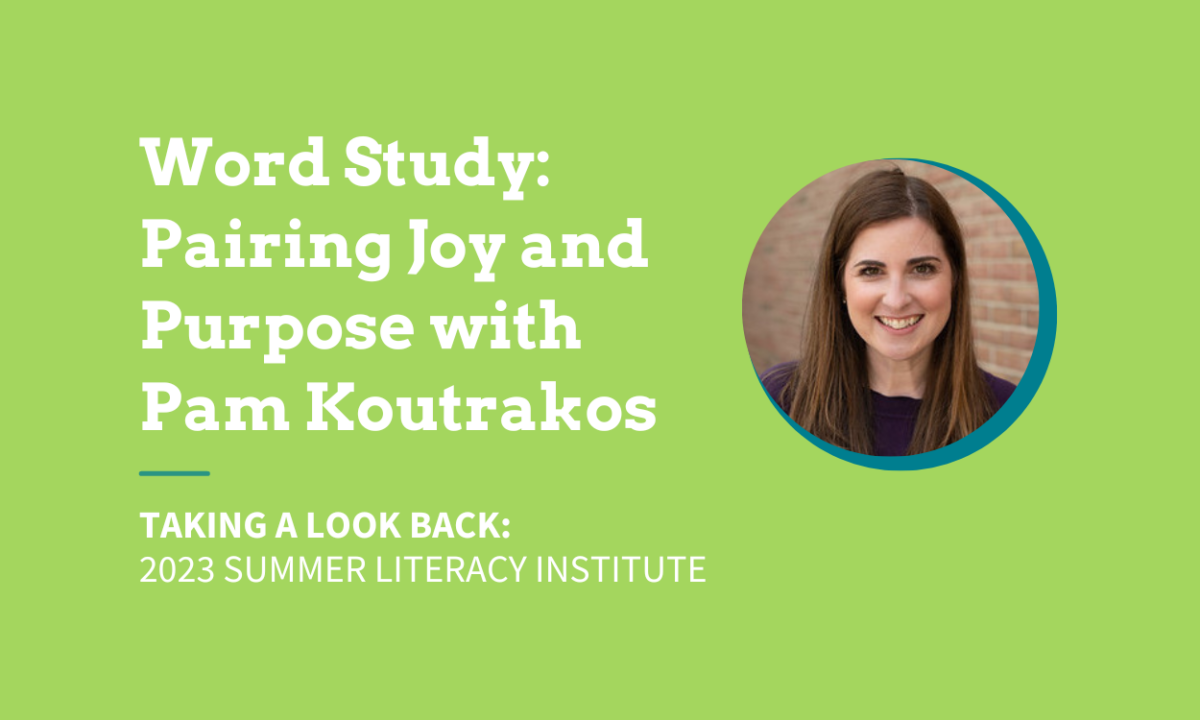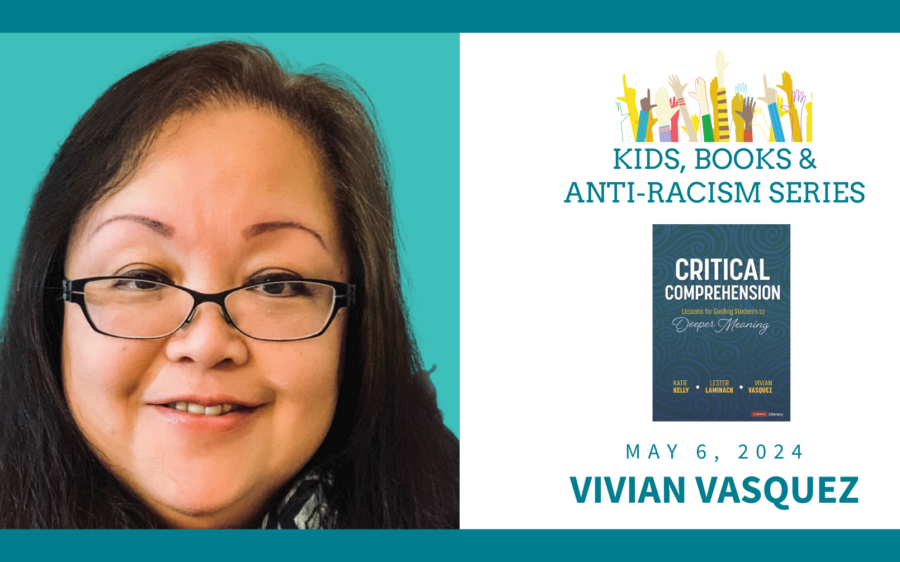Educator and author, Pam Koutrakos was a featured speaker at The Center for Reading Recovery and Literacy Collaborative’s Summer Institute. She helped teachers think about how to teach word study in an explicit and systematic way, while also remaining responsive to individual students and maintaining a joyful, engaging classroom atmosphere.
Koutrakos spoke about the importance of combining joy with purpose in classrooms. When it comes to word study, teachers can do what is aligned with science and research in a way that nurtures children’s curiosities. Inquiry doesn’t stop with discovery, rather, teachers make a partnership with children: children discover, and the teacher adds the needed explicit instruction.
Teachers can make word study enjoyable and purposeful by:
- Sharing books that have interesting words and inviting children to study the words they notice.
- Involving children in creating the word learning environment. Many sound and letter sound charts come published with picture links, but Koutrakos asks us to consider making the word and sound charts together with students, who may come up with more memorable ideas and picture links.
- Making word learning kinesthetic by adding movement to word learning.
- Garner interest with inquiry-focused questions and following up with explicit instruction.
- Playing word games that develop phonemic awareness in the small spaces of the day, such as lining up or transition times.
- Bring word awareness into everything you do with reading and writing.
- Using interactive writing in all grade levels to bring word study into context for transfer.
- Making space for children to show what they know and understand about words.
Most importantly, teachers should remember that “systematic” does not mean “the same for all.” When teachers pair what they know about the learners in their classrooms with their knowledge of research, they can better create connected next steps in an assets-driven way, to be responsive to all learners.

Want to Learn More? Uncover more joy and purpose in teaching phonics, spelling, and word study and come away feeling confident to engage your students with these upcoming offerings!
- Word Study: Teaching Phonics, Vocabulary, and Spelling in Grades K-8
July 31 – August 4, 2023 - What Teachers Need to Understand About the Alphabetic System: Phonics & Spelling
On-Demand Course





